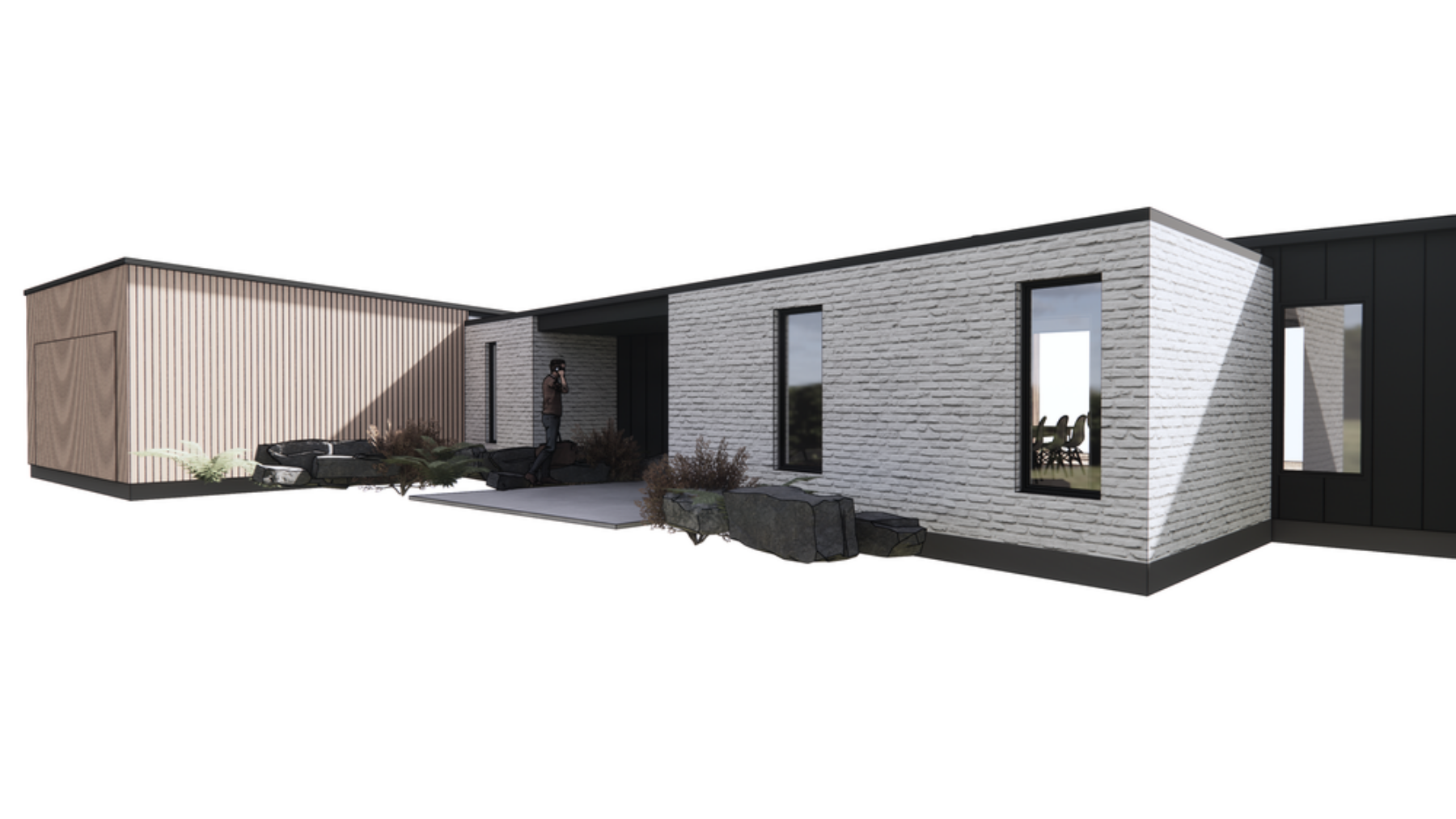Design with Climate in Mind

Designing a new home is an exciting process, but it can also be challenging, especially when it comes to ensuring that the design is suitable for the local climate. This is particularly important in New Zealand, where the climate can vary significantly depending on the region. In this blog post, we will discuss some key considerations for designing new homes in different climates in New Zealand.
Temperature
The most obvious consideration when it comes to climate is temperature. In New Zealand, the temperature can range from below freezing in the winter to over 30°C in the summer, depending on the location. It is important to design your home in a way that helps to regulate the temperature inside, to ensure that it is comfortable all year round. This may include features such as insulation, double-glazed windows, central heating, and ventilation systems.
Sun Exposure
The amount of sun exposure that a home receives can also have a significant impact on its temperature and energy efficiency. In areas with high levels of sun exposure, it may be beneficial to incorporate shading elements into the design, such as eaves, awnings, or shade sails. This can help to reduce the amount of heat that enters the home, reducing the need for air conditioning and helping to keep energy costs down.
Rainfall
In many parts of New Zealand, rain is a frequent occurrence, and it is important to design a home that is able to withstand this wet climate. This may include features such as a pitched roof to help rainwater drain away, as well as proper guttering and drainage systems to prevent water from pooling around the foundation of the home.
Wind
New Zealand is also known for its strong winds, and it is important to design a home that can withstand these gusts. This may include features such as a robust foundation, reinforced walls, and sturdy roofing materials. It is also a good idea to consider the direction that the wind typically blows from, as this can help to guide the design of the home and the placement of windows and doors.
Local Conditions
Let’s use Manawatu as an example for designing to suit local conditions.
The Manawatu region of New Zealand is located in the lower North Island, and has a temperate climate with warm summers and cool winters. The region is influenced by the sea breeze, which helps to moderate the temperature and bring some relief from the heat in the summer months.
The Manawatu region is classified as being in climate zone 5, which is characterized by relatively high annual temperatures, with an average daily maximum temperature of over 22°C in the summer months and an average daily minimum temperature of around 10°C in the winter months. The region also experiences relatively high levels of rainfall, with an average of around 1,500mm per year.
When designing a new home in the Manawatu region, it is important to consider the local climate and how it will impact the home. This may include features such as insulation to help keep the home warm in the winter, as well as ventilation and shading to help regulate the temperature in the summer. It is also important to consider the potential for heavy rainfall, and to incorporate design elements such as a pitched roof and proper drainage to help protect the home from water damage.
By considering these factors when designing a new home in New Zealand, you can help to ensure that your home is comfortable, energy-efficient, and able to withstand the local climate. Whether you are building in a warm, dry region or a cold, wet one, there are design solutions that can help you create a home that is perfect for you and your family.